The world of colored diamonds has long fascinated gemologists and consumers alike, with their vibrant hues commanding premium prices. Among the various methods used to enhance or alter diamond colors, irradiation has emerged as one of the most effective—and controversial—techniques. While this process can create stunning blues, greens, and other rare colors not typically found in nature, debates about its safety and ethical implications persist within the gem trade and scientific communities.
The Science Behind Irradiation Treatment
Irradiation involves exposing diamonds to controlled sources of radiation, such as electron beams, gamma rays, or neutron bombardment. This treatment alters the diamond's crystal lattice structure, creating color centers that absorb specific wavelengths of light. The result can range from subtle tonal shifts to dramatic color transformations. Blue diamonds, for instance, often achieve their signature hue through neutron irradiation followed by annealing. The process requires precise calibration, as over-exposure can make stones appear murky or unevenly colored.
Proponents argue that modern irradiation techniques have become remarkably sophisticated. Advanced facilities now use linear accelerators for electron beam treatment, allowing millimeter-precise control over dosage and penetration depth. Unlike early 20th-century methods that sometimes left residual radioactivity, contemporary practices adhere to strict international standards ensuring stones are radiation-free before reaching consumers. The Gemological Institute of America (GIA) maintains that properly irradiated diamonds pose no health risks when handled according to established protocols.
The Safety Debate: Perception vs. Reality
Despite scientific assurances, consumer apprehension persists. Much stems from confusion between irradiated gems and radioactive materials—a distinction gemologists emphasize is crucial. While the irradiation process itself involves radiation, treated diamonds don't retain dangerous emissions after proper cleansing periods. Regulatory bodies like the Nuclear Regulatory Commission (NRC) in the U.S. mandate thorough testing before these stones enter the market.
Critics counter that long-term studies on wearers of irradiated diamonds remain limited. Some holistic jewelry advocates argue that even trace elements or structural changes might interact differently with human biofields—claims mainstream science dismisses as pseudoscientific. The more substantive concern involves disclosure; while major gem labs require treatment disclosure, the secondary market often sees information gaps where irradiated stones get resold without proper documentation.
Ethical and Market Considerations
Beyond safety questions, irradiation raises value disputes. Natural fancy-colored diamonds command prices up to 100 times higher than treated equivalents. Some purists argue that irradiation deceives buyers by creating "artificial" rarity, while others view it democratizing access to beautiful gems otherwise unattainable. Auction houses typically separate natural and treated diamonds in sales, but online marketplaces show more ambiguity.
The treatment's environmental footprint also draws scrutiny. While less destructive than mining, irradiation facilities consume substantial energy. Newer "green" irradiation methods using solar-powered electron beams attempt to address this, though at higher operational costs. Meanwhile, lab-grown diamond producers increasingly adopt irradiation, creating ethical quandaries about whether man-made enhanced stones represent sustainable alternatives or contribute to market confusion.
Regulatory Landscapes and Future Directions
Global standards for irradiated gemstones vary significantly. The European Union enforces stringent post-treatment quarantine periods, while some Asian markets impose no resale restrictions. Industry leaders call for unified certification systems, possibly leveraging blockchain for immutable treatment records. Technological advancements may soon enable "color fingerprinting" to instantly identify irradiation origins—a development that could settle many authenticity debates.
Ongoing research explores whether certain irradiation methods could someday qualify as "undetectable" even by advanced spectrometers. Such possibilities terrify collectors but intrigue scientists pushing color-modification boundaries. What remains undisputed is irradiation's irreversible nature—once a diamond's atomic structure changes, there's no returning to its original state. This permanence, perhaps more than safety concerns, makes the treatment a high-stakes proposition for all involved in the colored diamond trade.

By /Jul 30, 2025
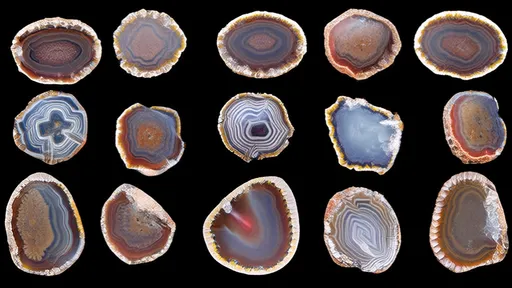
By /Jul 30, 2025
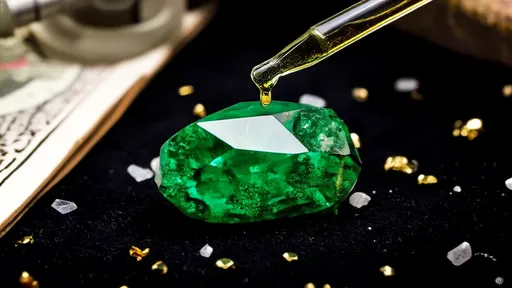
By /Jul 30, 2025

By /Jul 30, 2025
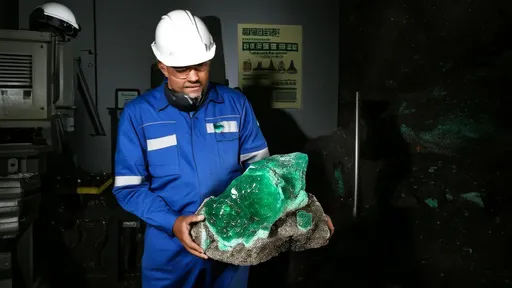
By /Jul 30, 2025
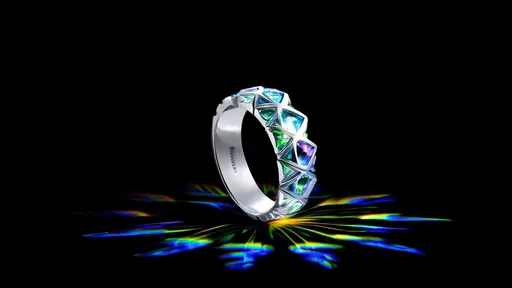
By /Jul 30, 2025

By /Jul 30, 2025

By /Jul 30, 2025

By /Jul 30, 2025
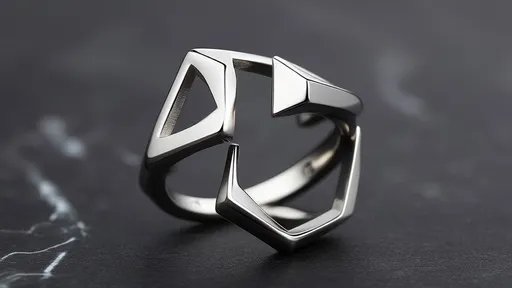
By /Jul 30, 2025

By /Jul 30, 2025
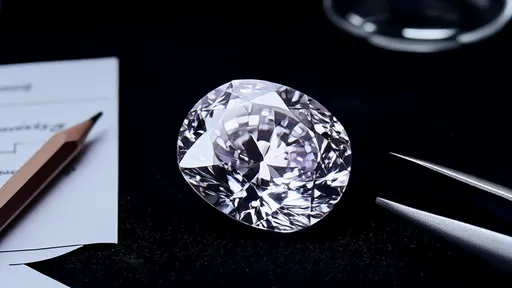
By /Jul 30, 2025
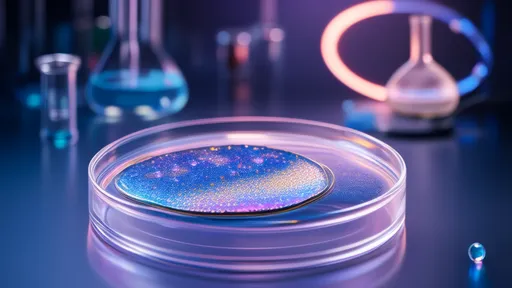
By /Jul 30, 2025
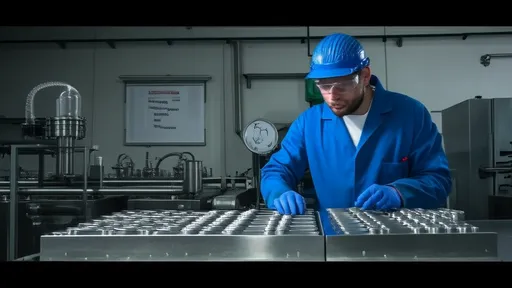
By /Jul 30, 2025
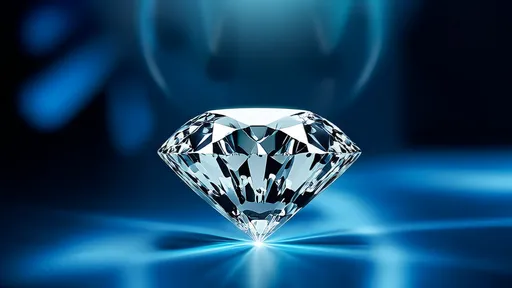
By /Jul 30, 2025

By /Jul 30, 2025
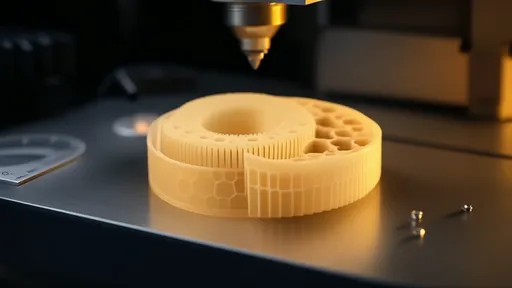
By /Jul 30, 2025
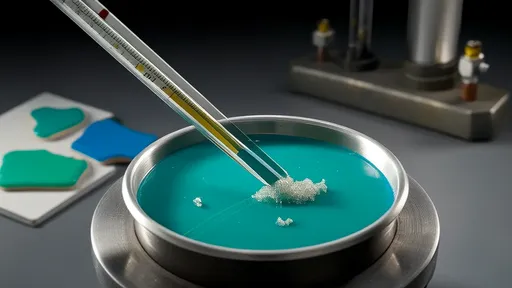
By /Jul 30, 2025

By /Jul 30, 2025
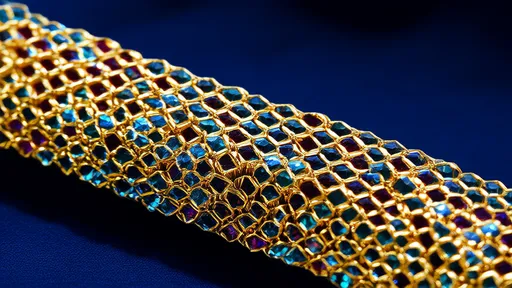
By /Jul 30, 2025